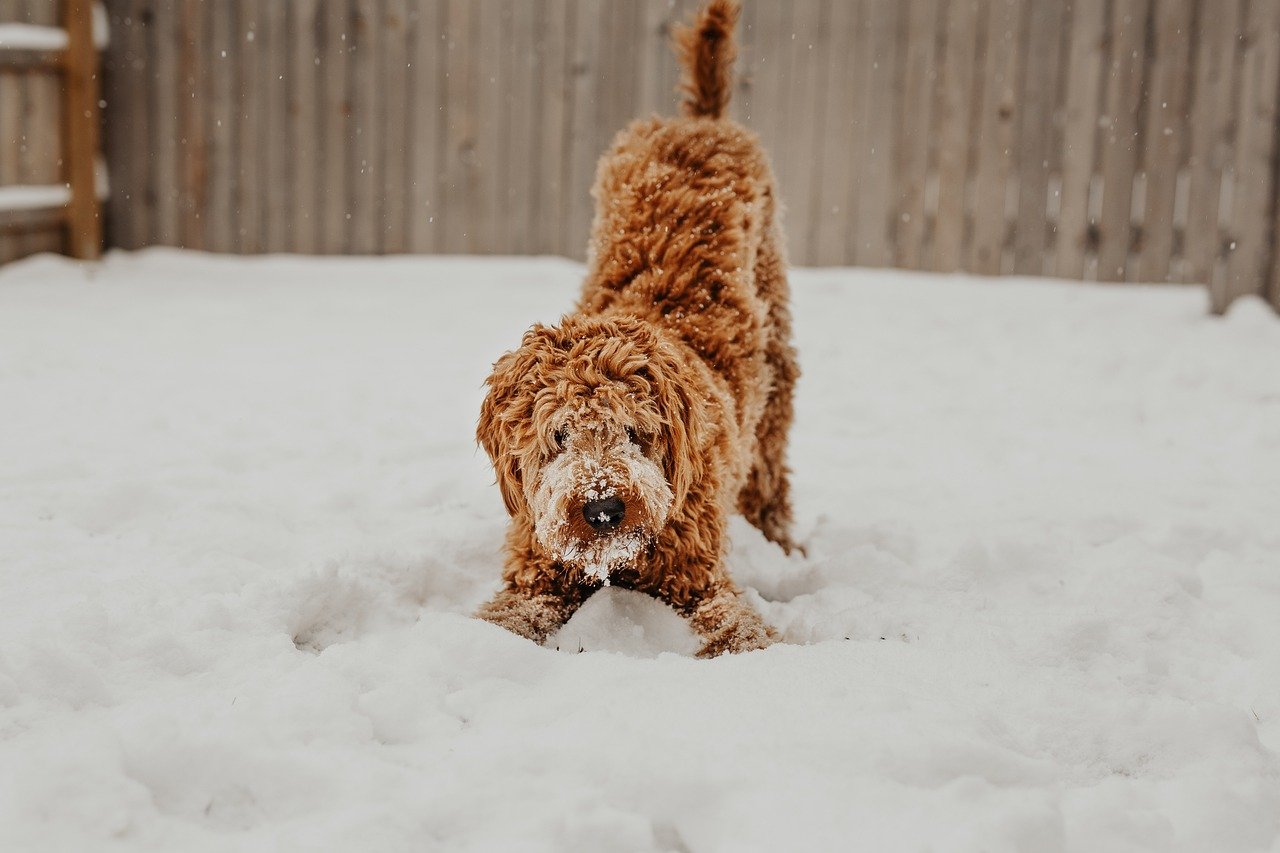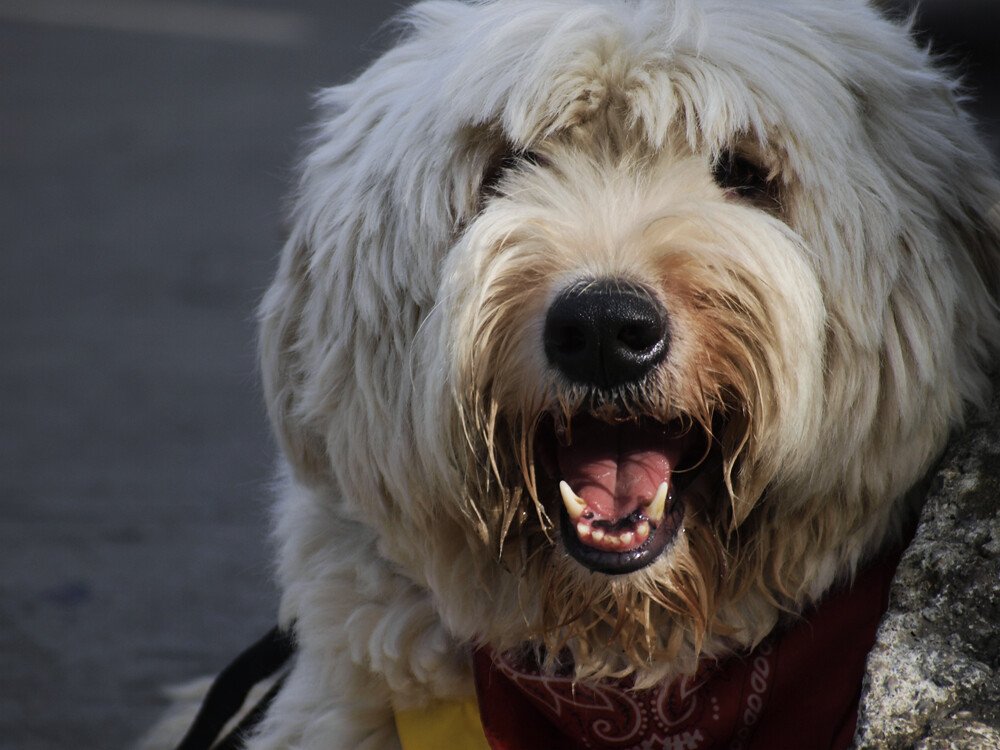Have you ever caught your dog staring at you with those soulful eyes and wished you could read their mind? You’re not alone. Every dog owner dreams of understanding what’s going on behind those wagging tails and floppy ears. The truth is, your dog is speaking to you all the time—just not with words. Their body language is a living, breathing diary of their emotions. Learning to read these cues isn’t just fascinating; it’s the key to a happier, healthier bond with your furry best friend.
The Tale of the Tail: Wagging Isn’t Always Happy

A wagging tail doesn’t always mean your dog is delighted. Sure, a loose, wide wag usually signals excitement or friendliness, but a stiff, high tail that wags slowly can mean your pup is on alert or even agitated. It’s a bit like humans forcing a smile when they’re nervous—there’s a lot more beneath the surface.
Pay attention to tail position too. If your dog tucks their tail between their legs, they’re feeling scared or anxious. On the flip side, a tail held high and rigid might signal dominance or stress. Context is everything. Look at the tail alongside their whole body for the clearest picture.
Those Eyes Say It All: Soft Gaze vs. Hard Stare
Your dog’s eyes are like emotional windows. When your pup gives you soft, blinking eyes, they’re relaxed and happy—a gentle “I trust you.” But if you notice a hard, fixed stare or wide eyes with lots of white showing (the so-called “whale eye”), that’s a red flag. They might be feeling threatened or uncomfortable.
Real-life example: My own dog, Luna, gets whale eye when a stranger leans in too close. That’s my cue to step in and give her space. Recognizing these signals helps prevent misunderstandings and keeps everyone safe and happy.
Ears Up, Down, or Back: The Mood Antennas
Dog ears are like mood antennas, always tuned in to their emotional weather. Ears perked up and forward usually mean curiosity or excitement—think of the moment you say “walk” or “treat.” But ears pinned back against the head often reveal fear, anxiety, or submission.
Different breeds have different shaped ears, which can make this tricky. For example, floppy-eared dogs like Cocker Spaniels may show subtle shifts, while German Shepherds’ pointed ears are more expressive. No matter the breed, noticing these movements helps you respond with empathy.
The Power of Posture: Relaxed vs. Ready to Flee
A relaxed dog looks loose and wiggly, with a soft body and wavy movements—picture a pup flopping onto their side for a belly rub. But when a dog stands stiff, with muscles tense and weight shifted forward or backward, they’re signaling unease, uncertainty, or even fear.
Watch for “freeze” moments, too. Sometimes, dogs pause mid-play or during a walk. This isn’t just curiosity; it can be a sign of stress, as if they’re saying, “I’m not sure about this.” Giving your dog a moment to assess or retreat is a gift—they’ll feel safer and more understood.
Mouth Matters: Panting, Smiling, and Tension

A happy, relaxed dog often has a slightly open mouth, maybe with a lolling tongue—almost like a goofy grin. Gentle panting is normal, especially after play, but rapid, heavy panting (when it’s not hot) can signal anxiety or pain. A tightly closed mouth, lip licking, or yawning outside of bedtime might be your dog’s way of coping with stress.
If you see teeth, don’t panic—context is key. A playful “smile” often shows during fetch, but bared teeth with a wrinkled muzzle signals fear or aggression. If your dog seems off, check for dental pain or other health issues, and always err on the side of caution when unsure.
Paws and Play: The Telltale Bow and More
Ever seen your dog stick their rump in the air with front legs stretched out? That’s the classic “play bow”—a universal sign for “let’s have fun!” It’s an invitation to play and a sign your dog feels safe and spirited. In contrast, if your dog lifts a paw or shifts weight from foot to foot, they may be uncertain or trying to appease.
Pay special attention to paw licking or biting. While sometimes it’s just grooming, excessive paw chewing can point to stress, boredom, or even allergies. It’s a small detail with big meaning, and catching it early can save your dog discomfort and prevent bigger health issues down the line.
Learning to read your dog’s body language isn’t just a neat trick—it’s a true act of love. By tuning in to these cues, you open a new level of understanding and trust with your dog, making their world a little kinder and a lot more connected.

Born and bred in South Africa, a Capetonian at heart. Amy-Leigh’s love for nature and animals was inherited from her Dad. He loves taking the family on road trips to experience nature at its finest; Amy-Leigh’s favourite being whale watching in Hermanus and spotting Kudu along the West Coast. Amy-Leigh holds a BA in English Literature and Communication Studies.





